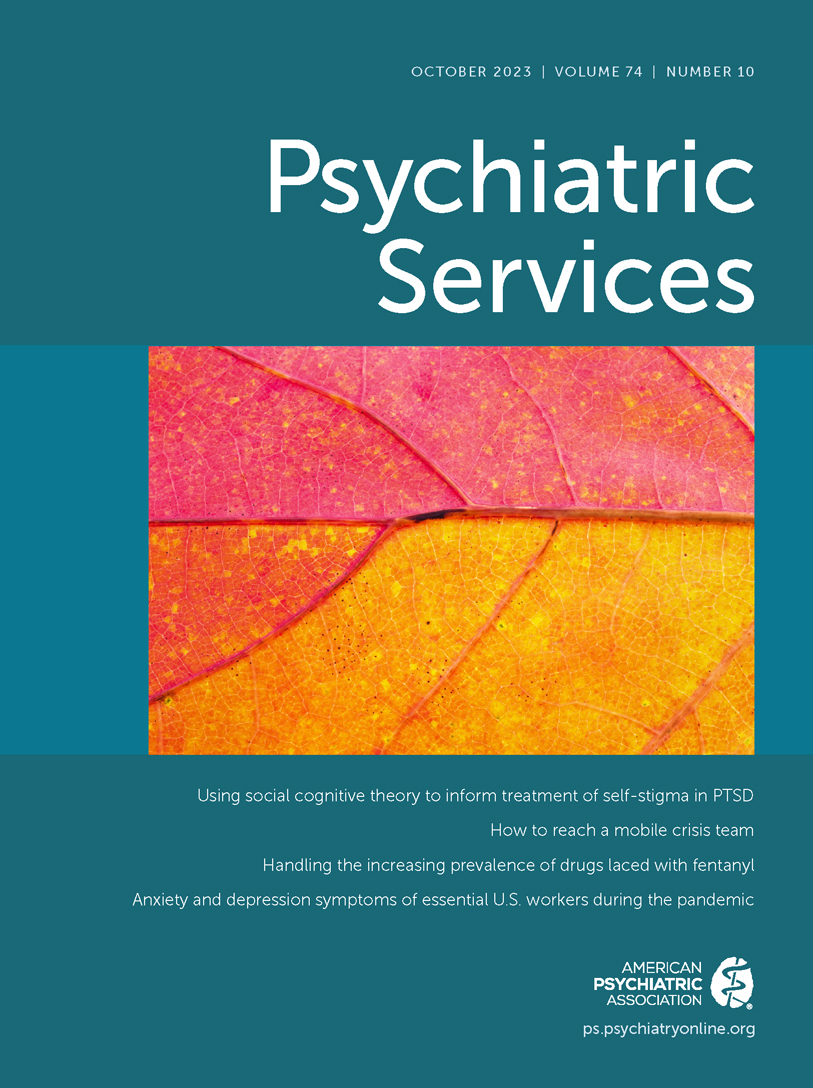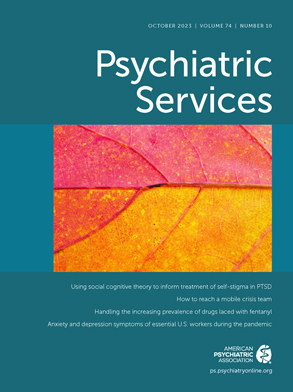Like many immigrants, our parents came to the United States with dreams of a better life. The great irony of this dream, however, was that it began in an unfamiliar reality defined by seemingly insurmountable barriers, including language, social isolation, and financial insecurity. And so they did what anyone in such a situation would do: they sought a place of familiarity. For them, attending a Korean church was not only convenient but transcended being a place to worship. It was a refuge as well as a center for social and economic support so we could pursue our dreams.
As second-generation Korean-Americans, we deeply identified with the church as a focal point to promote mental health even though stigma concerning mental health is pervasive in traditional Korean culture. Having a mental illness was and continues to be “shameful,” and in a collectivistic community such as a religious congregation, one may want to “save face” to avoid shame. The closed environment of a congregation means mental problems can go unrecognized and that persons experiencing them may fear seeking help.
As noted in Han et al.’s column (
1), a productive way to help is to engage directly with the community via liaisons of similar cultural backgrounds. Finding familiarity is crucial to the mission of community centers, which may help members be more receptive to outside help. One can work with and train leaders within the established hierarchical structure to spread awareness about mental health and slowly dismantle the antiquated stigma associated with it. This approach is also practical, in that providers might engage groups who routinely congregate, allowing for consistent follow-up.
Han et al. raise broader questions about the role of psychiatry in public health, particularly about when and how providers should intervene in the community. Psychiatry is intimately embedded within communities, yet it faces considerable public disrepute indicative of a need for greater community involvement and psychoeducation by providers, who should aim to be nonjudgmental to avoid further propagating stigma.
With the many barriers to mental health care, including stigma, the demand for mental health services in the United States is great. Furthermore, this demand is inequitably met among underserved, minority U.S. populations. Because of these barriers, patients will often seek help only when in a crisis, which further strains the health care system and societal productivity. Perhaps the most profound implication of Han et al.’s column is that utilizing community centers can be a practical solution to the mental health crisis. This approach could be a timely means of promoting primary and secondary prevention, and community centers afford an opportunity to connect with disenfranchised populations.
Successful alliance with community centers warrants consideration of cultural similarity. If the therapeutic alliance is an essential component of successful treatment and culture affects the therapeutic alliance, then having culturally familiar providers can only be beneficial. Recruiting a culturally diverse network of mental health providers is highly desirable, yet the dearth of available providers often impedes pairing patients with a provider of the same culture. Therefore, all providers should receive training to apply cultural humility in their practice in order to sustain meaningful relationships with anyone referred to mental health care.
We are inspired by Han et al.’s column. As providers in the Bronx, a culturally diverse yet underserved area with similar cultural hesitancies around obtaining mental health care, we know firsthand how culture barriers pose challenges to helping its citizens. We agree that being more culturally informed, open minded, and creative can help to find better solutions to the ongoing mental health crisis.

